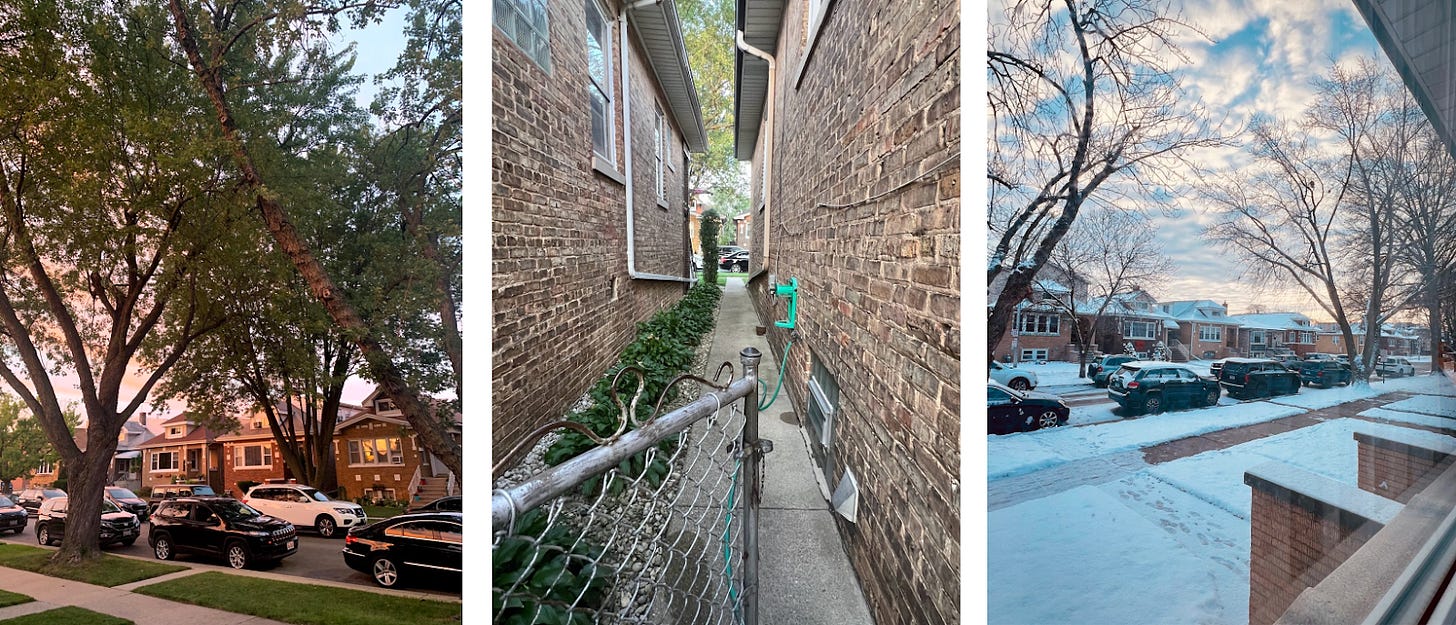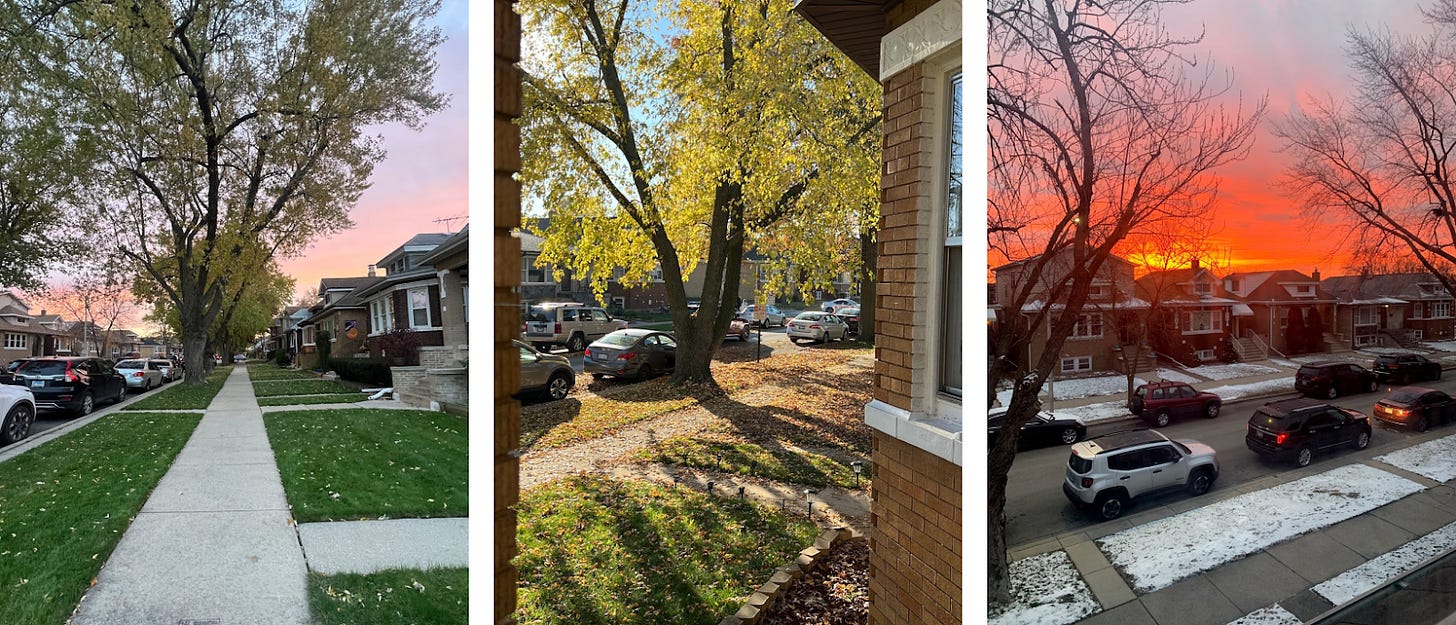Brick By Brick: Stories Of Our Bungalows
“Stories of Our Bungalows” celebrates the history, character, and craftsmanship of Elmwood Park’s iconic homes while encouraging neighbors to preserve their timeless beauty for generations to come.
By Ann Lindsay
Walk down almost any Elmwood Park street, and you’ll see them standing shoulder to shoulder: sturdy brick bungalows, expansive glass windows and decades of family stories inside.
These homes are more than just houses. They are the backbone of our local neighborhoods and a living record of the village’s history. The brick itself, with its warm hues and handmade character, tells us when the home was built, where the clay was dug, and how Chicago and the surrounding area once grew block by block.
Despite our proximity to the Brickyard Mall, a historic site for the manufacturing of Chicago brick, the distinguishing multicolored brick on the facade of our bungalows comes from outside Chicago. Its deep rubies, yellows, tans and salmons were sourced from surrounding areas like Pennsylvania, Indiana, Ohio, and St. Louis, Missouri, where clay was smoother and cleaner. But the backbone of our bungalows – the bricks that run along the sides and backs of homes across the city– are all Chicago Common Brick.
Chicago Common Brick is sturdy but packed with pebbles and particulates and they favor dependability over aesthetics. It was so highly favored that in 1915, 10 percent of all brick made in America was made in Chicago.
Our history with brick feels fitting for a city of big shoulders; brickyard union labor making the brick that’s unassuming and quietly critical to our homes, even 100 years later. They are the opposite of showy or pretentious. These bricks are as Midwestern as us.
Though called “common” in name, it’s now anything but. Chicago hasn’t manufactured brick since it closed its last brickyard in 1981.
Living in Chicago’s “Bungalow Belt” is like living in a time capsule. With new builds using young wood and aluminum siding, a home built with brick, Chicago Common Brick at that, is like a rare commodity. But beyond that, it’s an emblem of Chicago culture, representing a respite from downtown but the perks of city living. It meant space for growing families and a small yard to boot.
And if you look closely, we’re losing some of that history bit by bit.
A stroll through Elmwood Park is like a visual “build your own adventure,” each house like a tapestry of additions and dormers and amendments to address growing needs but limited space.
In recent years, bungalows have become the latest jewel of house flippers who are seeking to capitalize on new families moving west in need of starter homes with turnkey features. But our beloved brick has become a growing casualty of these eager flippers.
Streets poking out from The Circle are dotted with bungalows made “new” with a fresh coat of exterior paint and concealing exactly what makes our neighborhood authentically Chicago.
We should recognize that the beauty of that original brick isn’t just in its history but also in its resilience. Chicago’s bungalows were built to last, and the brick was meant to breathe, to expand and contract with the seasons. When we cover it with paint, we cover the very thing that makes these homes strong and distinguished. It’s the opposite of putting lipstick on a pig.It’s like using fingerpaints on a Van Gogh.
Beyond the metaphorical, brick weakens with paint. According to The Brick Industry Association, painting brick isn’t recommended and comes with a slew of risks.
Because brick is porous, it breathes, allowing air to move and humidity to regulate. Painted brick strangles it, trapping moisture and increasing the likelihood of mold or mildew, and like Chicago’s famous potholes, trapped moisture contracts and expands in extreme temperatures, making a material highly fit for Chicago’s ranging seasons into one that risks cracking and flaking.
This regular deterioration compromises the structural integrity of the home, weakening the brick over time. Naturally, following this trend comes with increased maintenance tasks and higher costs for homeowners
Painting brick is just bad sense– aesthetically, historically, and structurally.
We can treat our homes as blank canvases for the latest design trend, or we can see them for what they are: irreplaceable works of craftsmanship that connect us to the story of Chicago– and Elmwood Park..
The brick under our eaves and along our alleys is more than a building material. It’s history itself, fired in kilns a century ago and still standing strong.
By keeping our brick bungalows unpainted, we’re not just maintaining curb appeal. We’re also protecting a legacy, preserving the character of Elmwood Park, and passing along something authentic to the next generation. After all, trends fade. Chicago brick endures.
Let’s honor that endurance. Care for your bungalow, celebrate its character, and let the brick keep telling its story.



